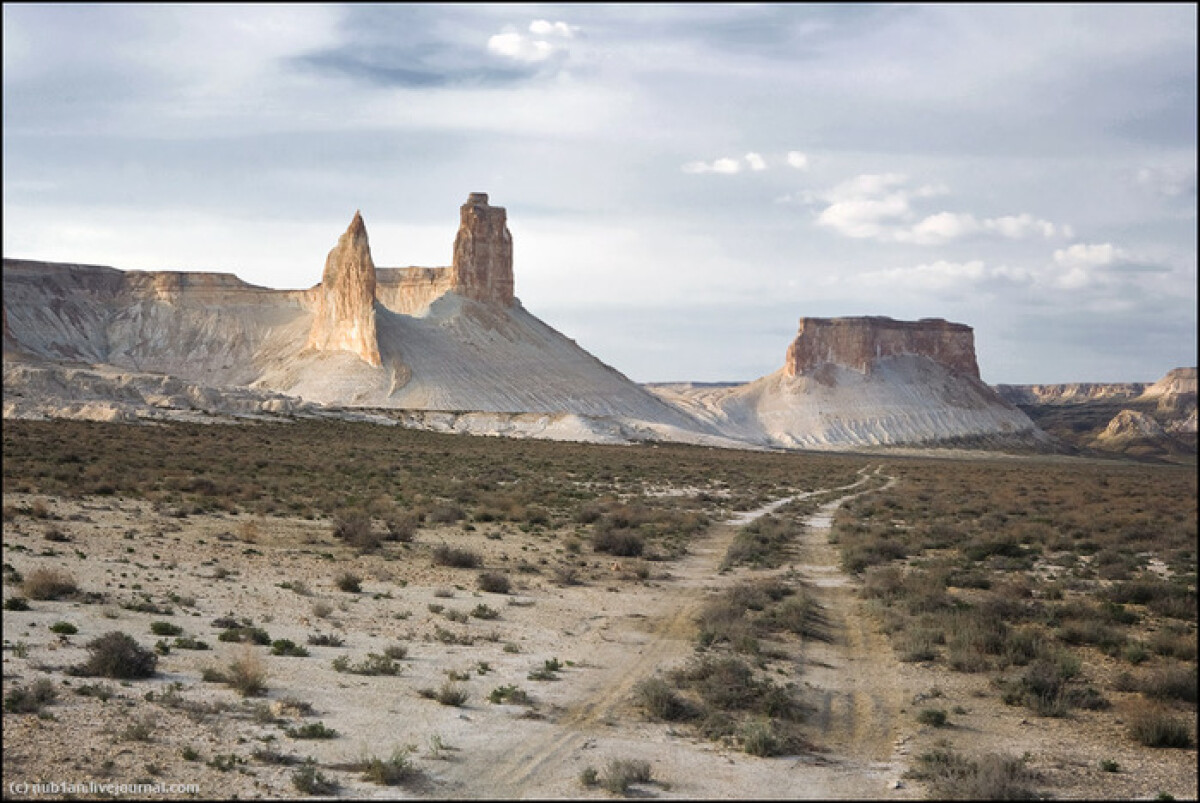
Over the last twenty years of independence of our country «white marks» in the study of national history gradually opened. Many sources and publications that have been classified or inaccessible during the Soviet period, in recent years have become available to scholars and introduced into scientific circulation. They are stored not only in Kazakhstan archives and libraries, but also in foreign archival collections. Now it is necessary to examine these sources and publications.
— Time sets new requirements to historical science. Critical reappraisal of methods of cognition occurred in world historiography was on the periphery of our attention. At least it is about two methodological revolutions of the 20th century, which are associated with fundamental changes in historical science» — said the State Secretary of Kazakhstan Marat Tazhin. — Rewrite national history or global history without any evidence is easy. This can be done in couple months. Today we see a huge influx of illiterate fakes sometimes appear fears for the mental state of some of the historical scribblers. Today we see a huge influx of illiterate fakes sometimes appear fears for the mental state of some of the historical scribblers. It’s more difficult to justify the deep history of hard work. But it must be done in such way not to look ridiculous and naive on the first kilometer from the national border to avoid uncomfortable situation tomorrow — fairly says State Secretary.
Scientists were encouraged to pay attention to diplomatic and trade-economic role of the Silk Road, especially the portion held on our territory — Steppe way. It is necessary systematically explore the Saxon culture. It is not enough just reading and interpretation of the classical era of European authors.
Marat Tazhin’s speech was on time and influence on the formation of national consciousness in the Republic of Kazakhstan.
Culminated state program «Cultural Heritage» had a great scientific value in the study of its history, its past. We learn a lot about the history, the role of people in the process of human civilization. In such way was created the foundation, formed substantial preconditions for the revival and development of our national identity, for the development of patriotism. Based on the information, materials will focus on promotion of those research results that have been made earlier.
Monuments of Mangistau are residential complexes at the end of Stone Age and the cult-burial structures of the Bronze Age and Iron Age, large and small different time’s necropolis medieval underground mosque, reflecting the development of culture and beliefs of the peoples inhabiting the Mangistau from ancient times to the present day, also monuments of civil architecture of 19th -20th centuries, natural landscapes located throughout the area. Usage of natural and durable ductile material in process, shell limestone, was the preservation of monuments, continuity and sustainability of the local architectural traditions associated with the processing of stone. The features of Mangistau region’s stories in general now receive tangible evidence and cause genuine interest of the scientific world. Each monument reopened in region occupies a place of honor in the annals of history, not only in Kazakhstan, but of all mankind. This is the Stone shops Sarytash bay, late Stone Age settlements Koskuduk, ancient town of Bronze Age Toksanbay, Manaysor, Aytman sanctuaries nomads early Iron Age Byte 1–3 Kyzyluyk, Tasastau, Kynar, Aurentobe Sokka, Akpan, medieval towns Zhezdy, Karakauak and Kyzylkala, underground mosques Shakpak-ata, Karaman-ata, Sultan-epe, Shopan-ata and Beket-ata, a huge complex of burial cemeteries of the Middle Ages and modern times. On Mangistau are planned constructive approach to the study and disclosure of «white marks» of history. Local research institutions ti carry out comprehensive work plan for the study of the causes, curse and consequences of the national liberation struggle led by Isa Tlenbayeva and Dosan Tazhiev in 1870.
Mangystau planned constructive approach to the study and disclosure of «white spots» of history. Local research institutions to carry out comprehensive work plan for the study of the causes, course and consequences of the national liberation struggle led by Isa Tlenbaeva and Dosan Tazhiev in 1870.
Necessary to deepen the study of the development of folklore Mangistau 19th century and first half of the 20th century; study of the history of Mangistau in 1928–1938, during the October small policy, collectivization and Adai uprising.
It becomes relevant the conduction of complex historical and archeological expeditions to identify sites of historical and cultural heritage, archeological research settlement Kyzylkala(10th — 13th) Ketikkala settlement (14th century), religious-funerary complex Altynkazgan (1st — 3rd centuries AD), Early Iron Age sanctuaries Tupragansky Penisula mound Kyzyluk (Maginstau region); research trade routes of the medieval era (in 2 stages).
Now, we are faced with an important task to study in detail, preserve and pass on wealth to succeeding generations of our ancestors. Our country’s future largely depends on this, — said M. Tazhin. Brighter future cannot be aspired by forgetting the past.
Nurlan Kulbayev,
The director of State University «Mangistau State Historical and Cultural resort» Administration of Culture of Mangistau region
translated by D.TAUKEBAYEVA
June 5, 2014